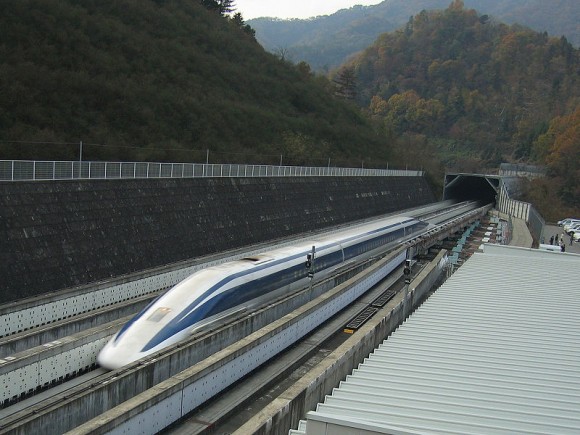Levitate a Magnet Over A Home-made Superconductor
The Meisner effect is a great demonstration on one of the unique ways superconductors behave when cooled to super-cold temperatures. When placing a magnet over the supercooled superconductor, it appears to defy the laws of gravity, and floats over the surface. At this temperature, the superconductor reflects a magnetic field as a perfect mirror image, creating a repulsion of like poles. The levitating magnet is free from all friction aside from air resistance, and moves freely and smoothly. This effect has helped the creation of MagLev high-speed trains.
Want to play with superconductor levitation, but don’t have a superconductor? Make your own with just a few (quite specific) ingredients and pieces of equipment. The full set of instructions can be found here.
Equipment
To make an yttrium-barium-copper-oxide superconductor, you will need:
* Yttrium Oxide
* Barium Carbonate (TOXIC)
* Cupric Oxide
* A Laboratory Furnace or a converted pottery kiln.
* Labware made of alumina.
* An Oxygen Source
* Liquid Nitrogen and a rare-earth magnet for testing and demonstrating the superconductors
Method
There are a number of methods of producing ceramic superconductors like this, but the simplest is the so-called “shake and bake” method, which involves a four step process:
1. Mixing the chemicals;
2. Calcination(the initial firing);
3. The intermediate firing(s) (oxygen annealings);
4. The final oxygen annealing.
The number of intermediate firings and the length of the firings are largely up to the user. In general, the more intermediate firings, and the longer the duration of the firings under oxygen flow, the better the superconductor. But definite signs of superconductivity can usually be obtained without any intermediate firing at all. In fact, if the initial mixing of the chemicals is sufficiently thorough, the intermediate firing is not necessary at all.

